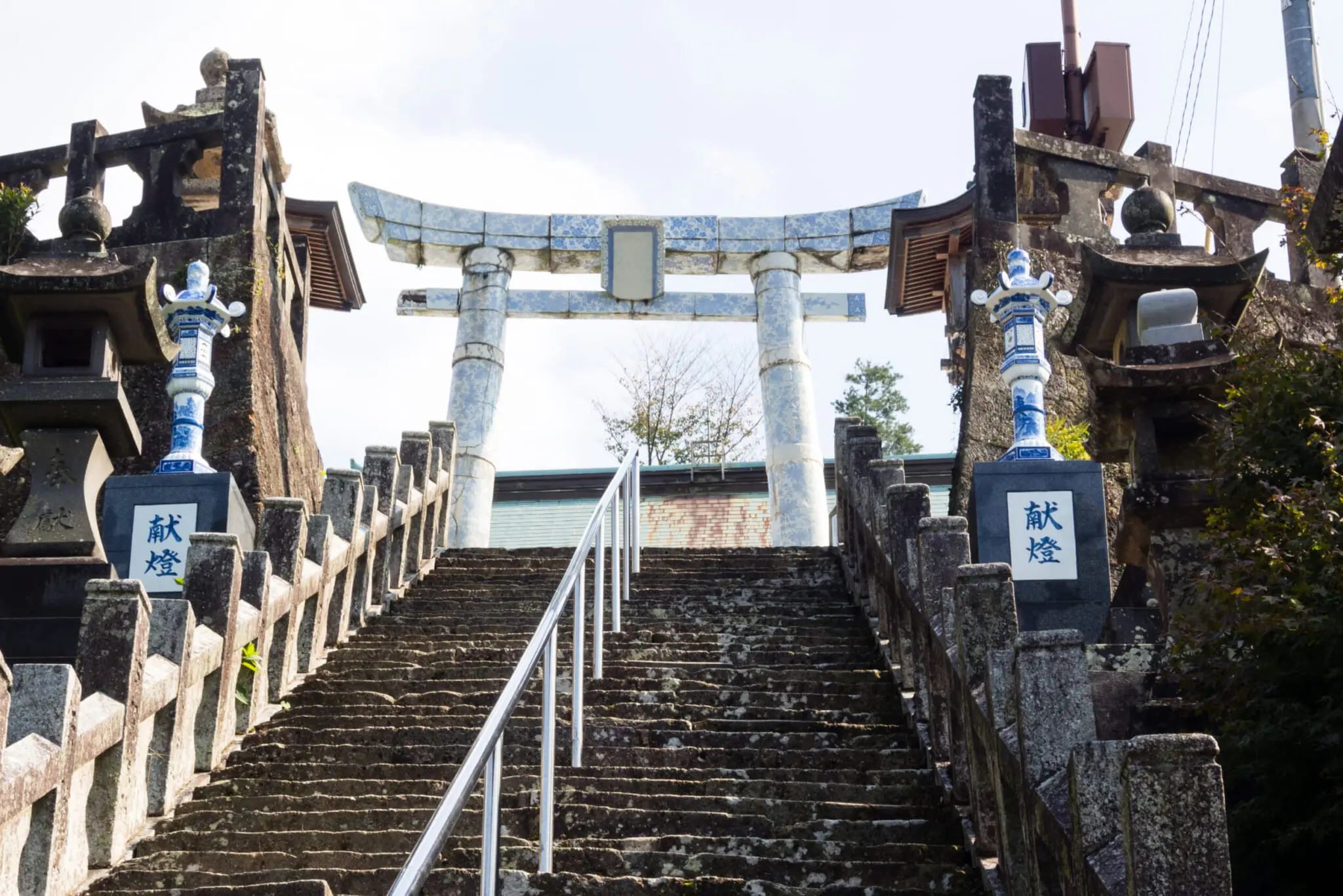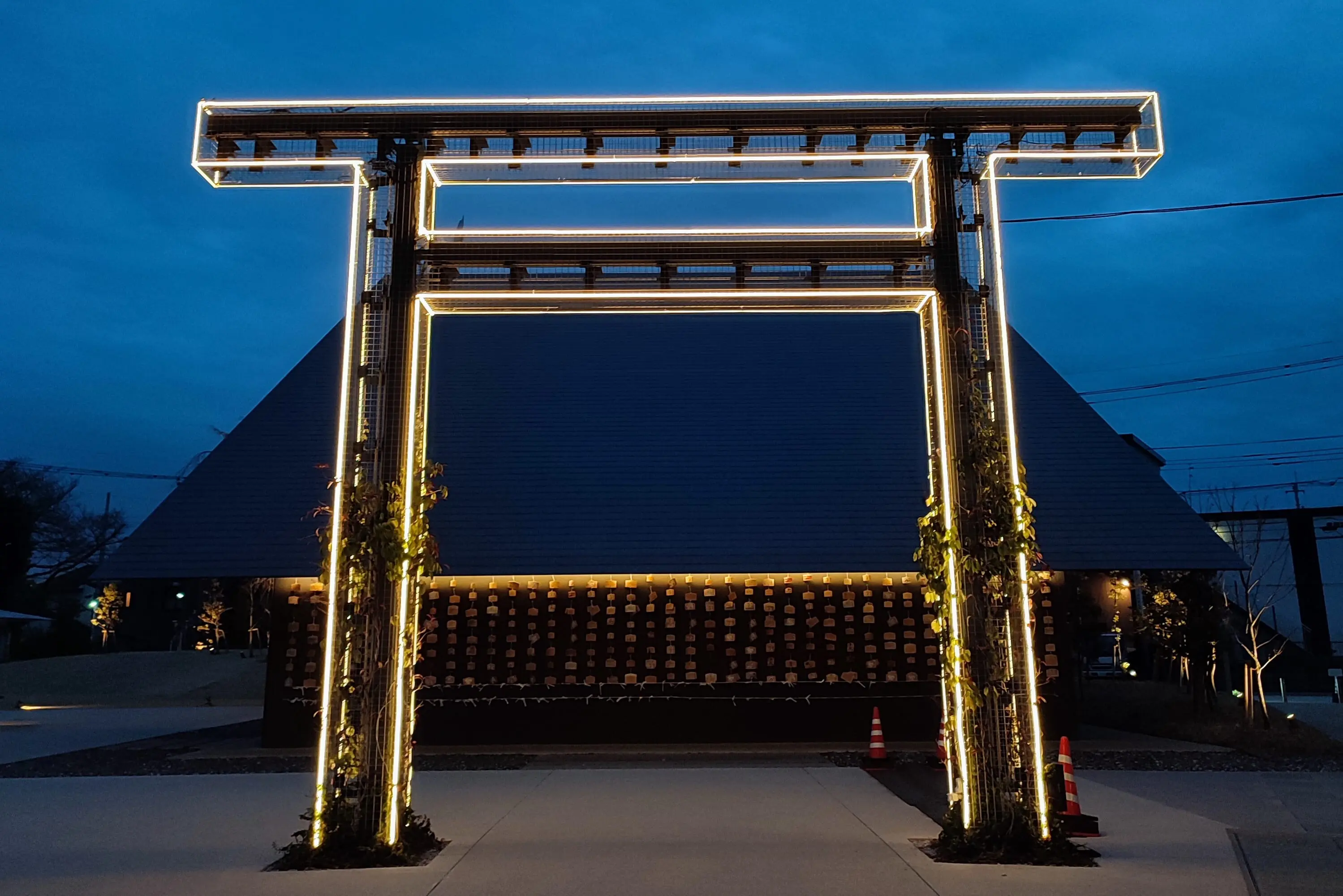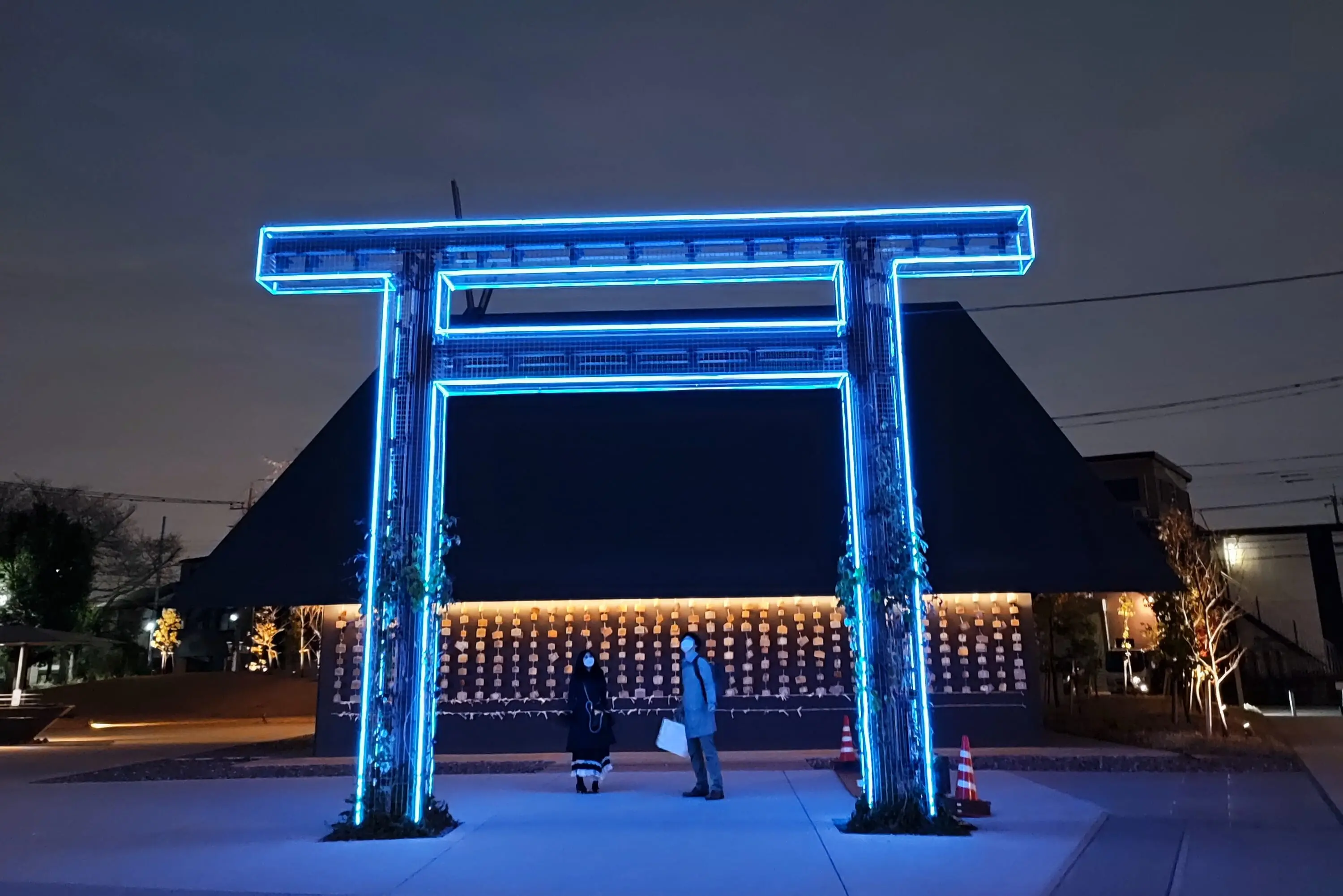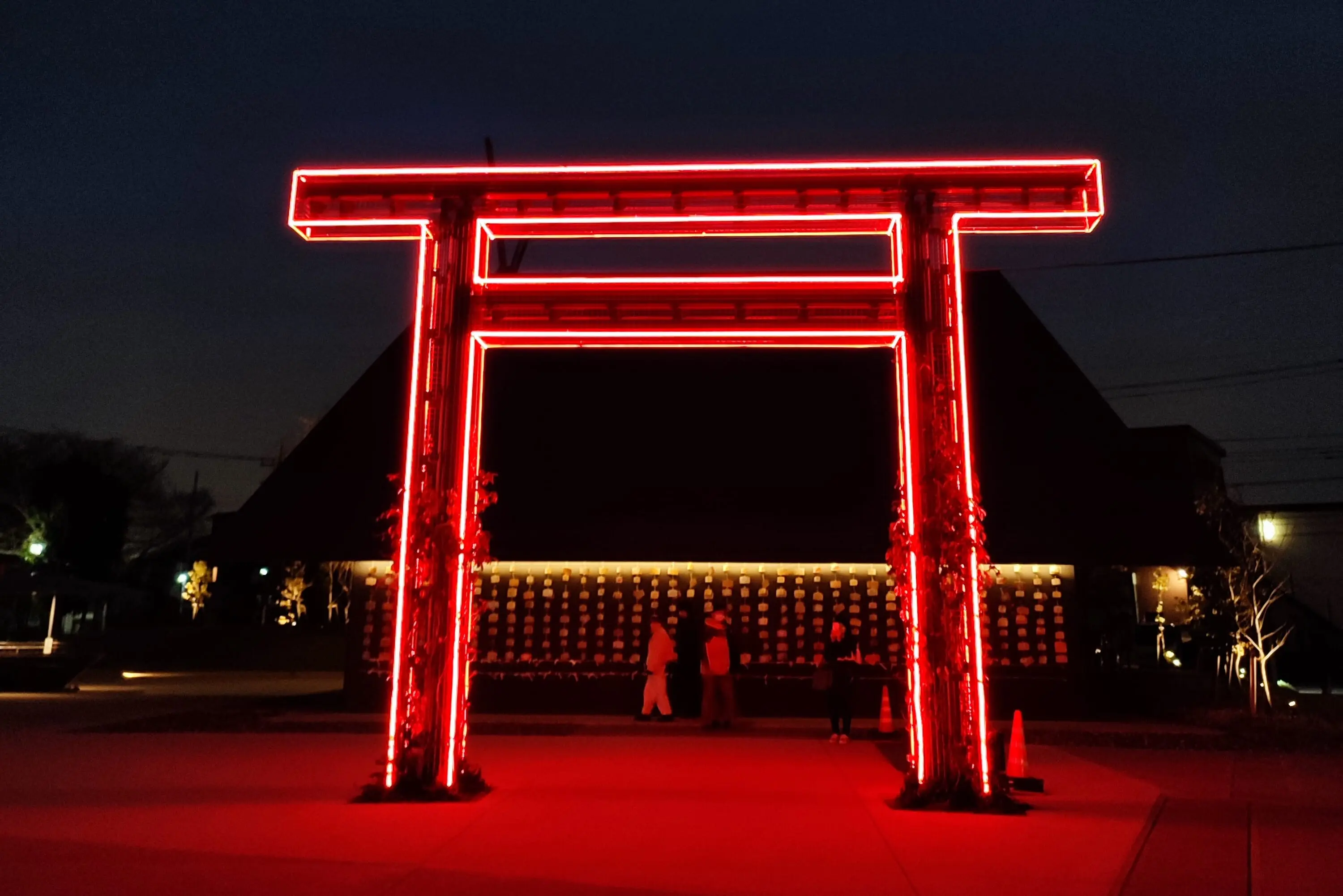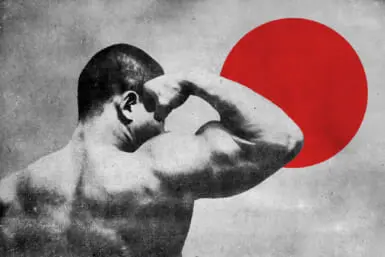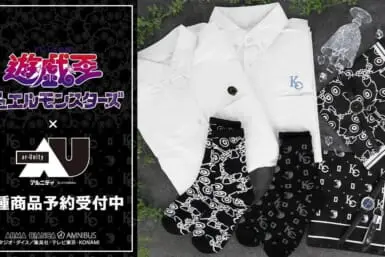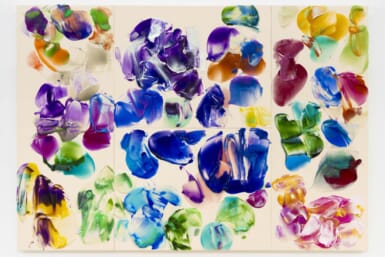Red torii gates are an enduring symbol of Japan. The torii gates in Fushimi Inari Taisha are one of the country’s most visited tourist spots. Although red is usually the color of choice, there are exceptions with many simple stone or unpainted wooden torii gates. One example, of course, is the wooden torii gate at the entrance of Meiji Jingu. Occasionally, torii gates are painted other colors than red, and ever rarer still, made from other materials than wood or stone. Here are seven unusual torii gates in Japan we’ve picked out, plus a bonus structure which is an art installation.
1.
LED and Metal Torii Gate: Musashino Reiwa Shrine in Tokorozawa
Built in 2020, the Kadokawa Culture Museum’s innovative approach to architecture applies to the Shinto shrine, Musashino Reiwa, which is located on its premises in Tokorozawa, Saitama. Designed by Kengo Kuma and Associates and Kajima Design, the shrine’s main torii gate is made of metal wire and LED lights. By day, the metal mesh structure is muted but still different from your more orthodox red torii gate. As dusk falls, the gate lights up, switching between colors at short intervals.
Musashino Reiwa Shrine also has a small row of red torii gates. Though ordinary in color, they are special in that they are dedicated to anime locations from the 88-Site Anime Pilgrimage program. Additionally, the inside of the shrine was painted by Yoshitaka Amano, a well-known character designer for the Final Fantasy series. It is one more reason to make this a truly holy site for fans.
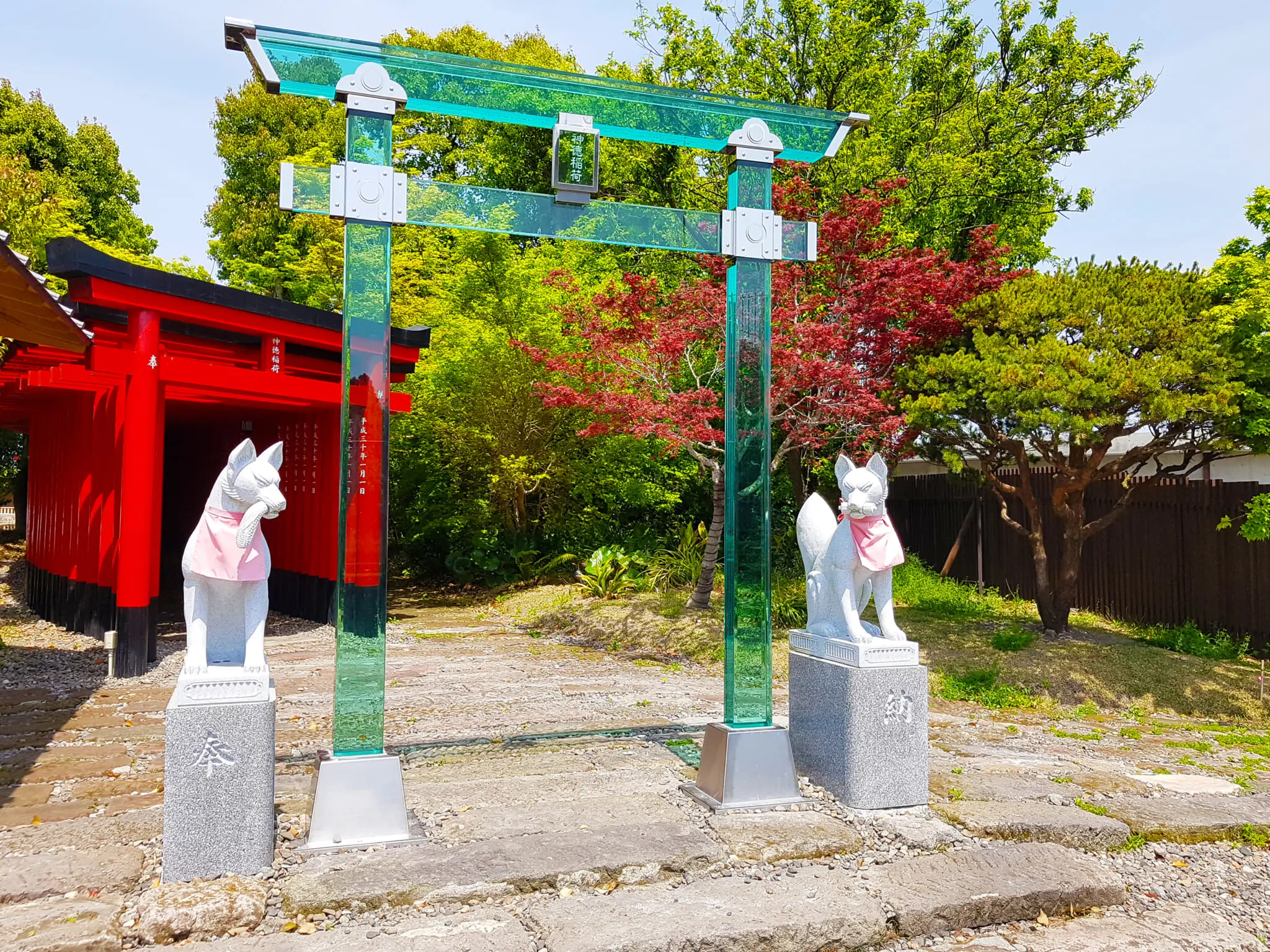
2. Glass Torii Gate: Jintoku Inari Shrine in Kagoshima
Already boasting an impressive tunnel of 100 red torii gates, the Jintoku Inari Shrine also has a glass torii gate, a new addition to the centuries-old shrine when it was renovated in 2018. In fact, it has two. One at the entrance and one more hidden at the back of the shrine. Although the easily accessible shrine in Kanoya city was always popular with locals and tourists alike, the glass torii gates have only boosted its popularity. Photos of Jintoku Inari Shrine on Instagram have gone viral, which has increased tourism.
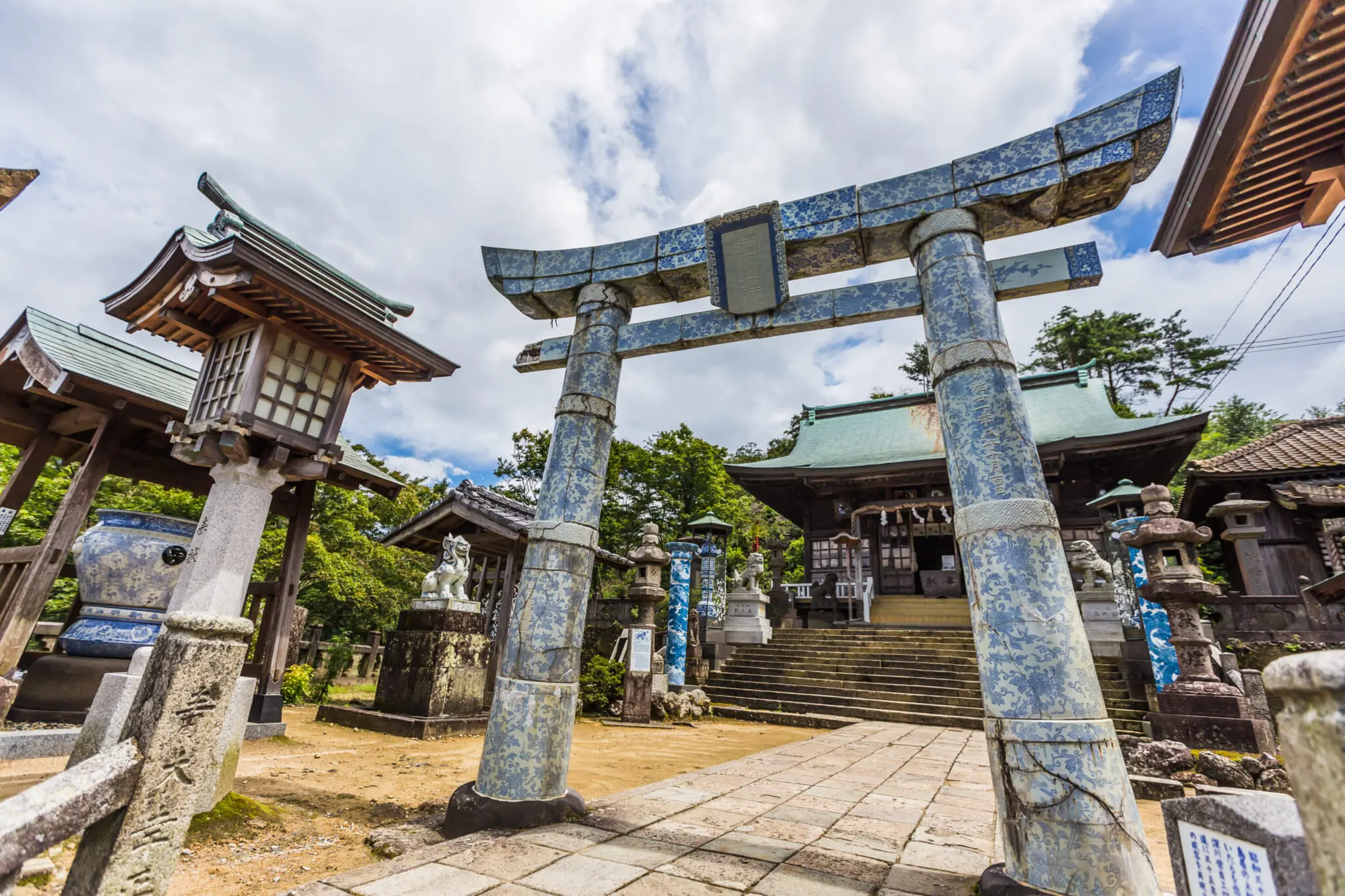
Tozan Shrine. Photo by kan_khampanya via Shutterstock.
3.
Porcelain Torii Gate: Tozan Shrine in Arita
Arita in Saga Prefecture is known for its porcelain. Tozan Shrine celebrates that with a one-of-a-kind torii gate made entirely of pale blue and white Arita porcelain. The torii gate was built in 1888 and was designated as a Tangible Cultural Property in 2000. Aritayaki features all around the shrine from porcelain jars and votive tablets to porcelain komainu statues.
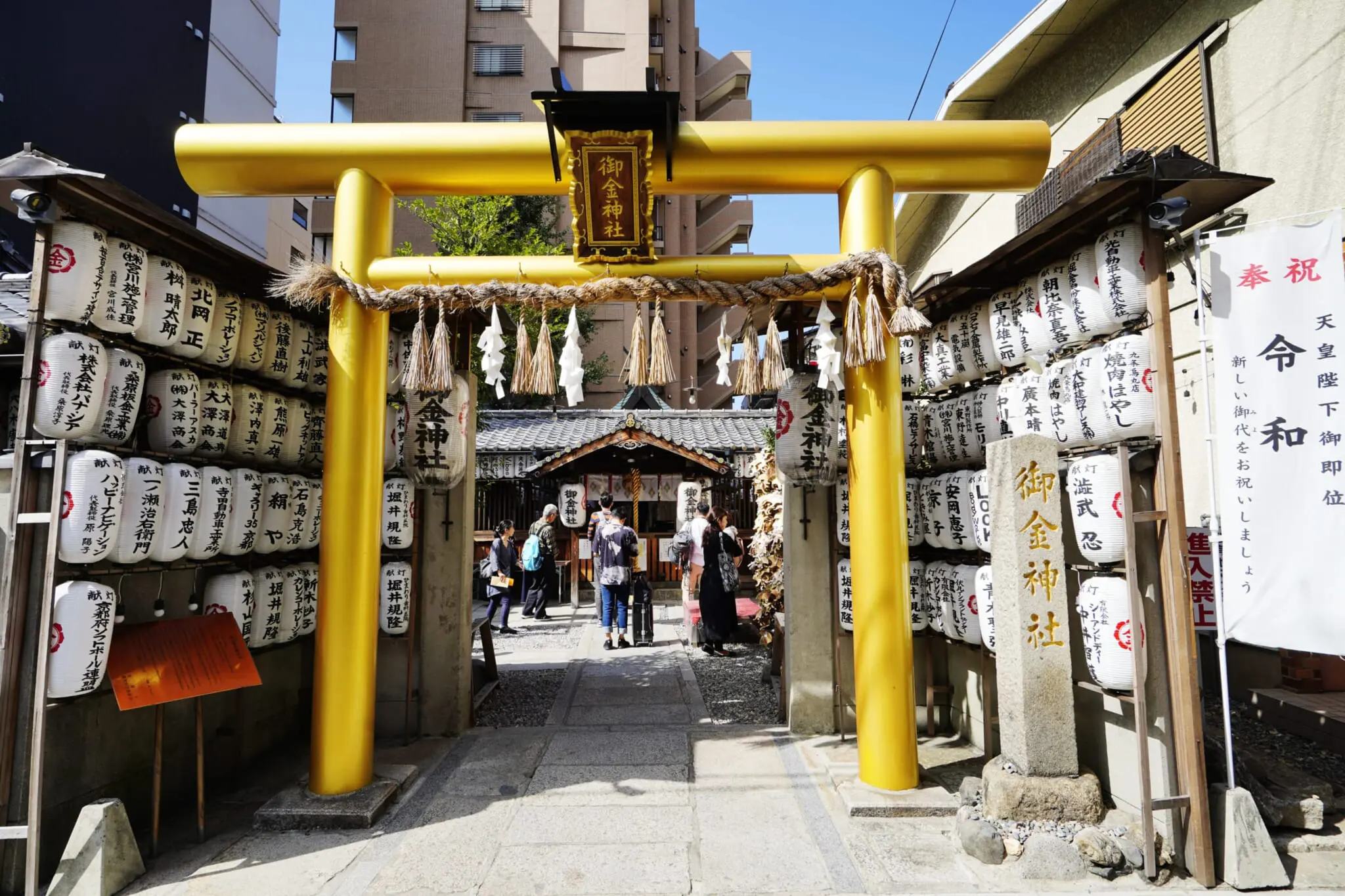
Photo by lin Judy via Flickr.
4.
Golden Torii Gate: Mikane Shrine in Kyoto
This radiant golden torii gate shines day and night, as it is illuminated at night. It’s made with real gold leaf by Horikin Co., Ltd., a Kyoto-based gold leaf company founded in 1711. The shrine itself is small. Though tucked away in a residential street, it’s become a very popular tourist spot.
The golden gate at Mikane Shrine has multilayered meanings. It was originally frequented by metal craftspeople, as one of the three deities enshrined here is Kanayamahiko-no-Mikoto, a god of many things including metals such as silver and gold. With time, it also became a place to pray for financial success, as the Japanese character for gold is also used for money. Even the sacred ginkgo tree on the premises is associated with gold as its leaves turn yellow in fall.
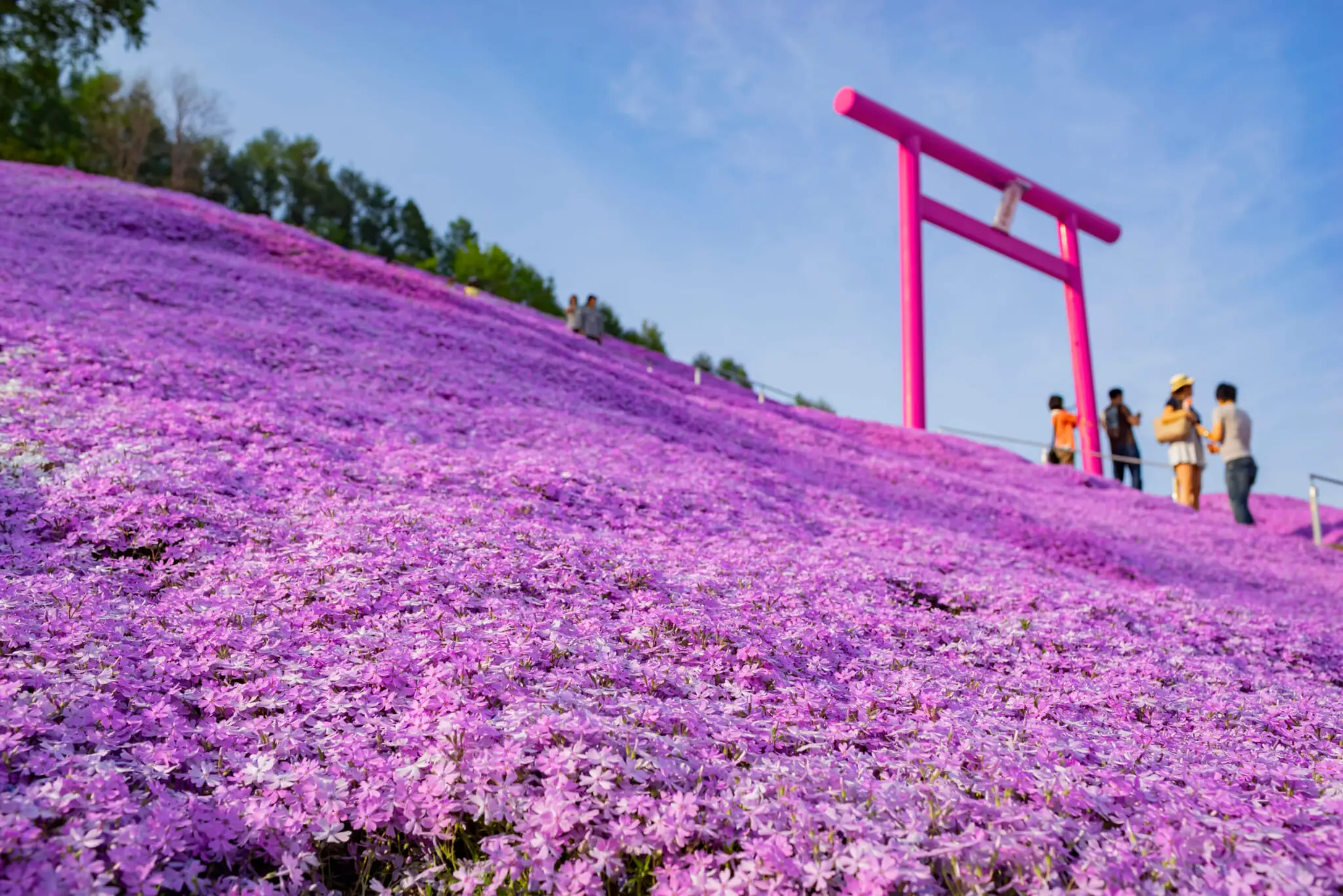
5.
Pink Torii Gate: Higashimokoto Shibazakura Park in Hokkaido
The Higashimokoto Shibazakura torii gate was painted pink to match the dreamy fields of shibazakura (also known as moss phlox or floor sakura) in Hokkaido. The torii gate is part of the Yamatsumi Shrine, erected in 1913. Follow the stairs to reach the shrine, where you’ll find another pink torii gate. Shibazakura blooms in May, with the middle of the month being the best time to visit the park if you want to catch it at peak pink.
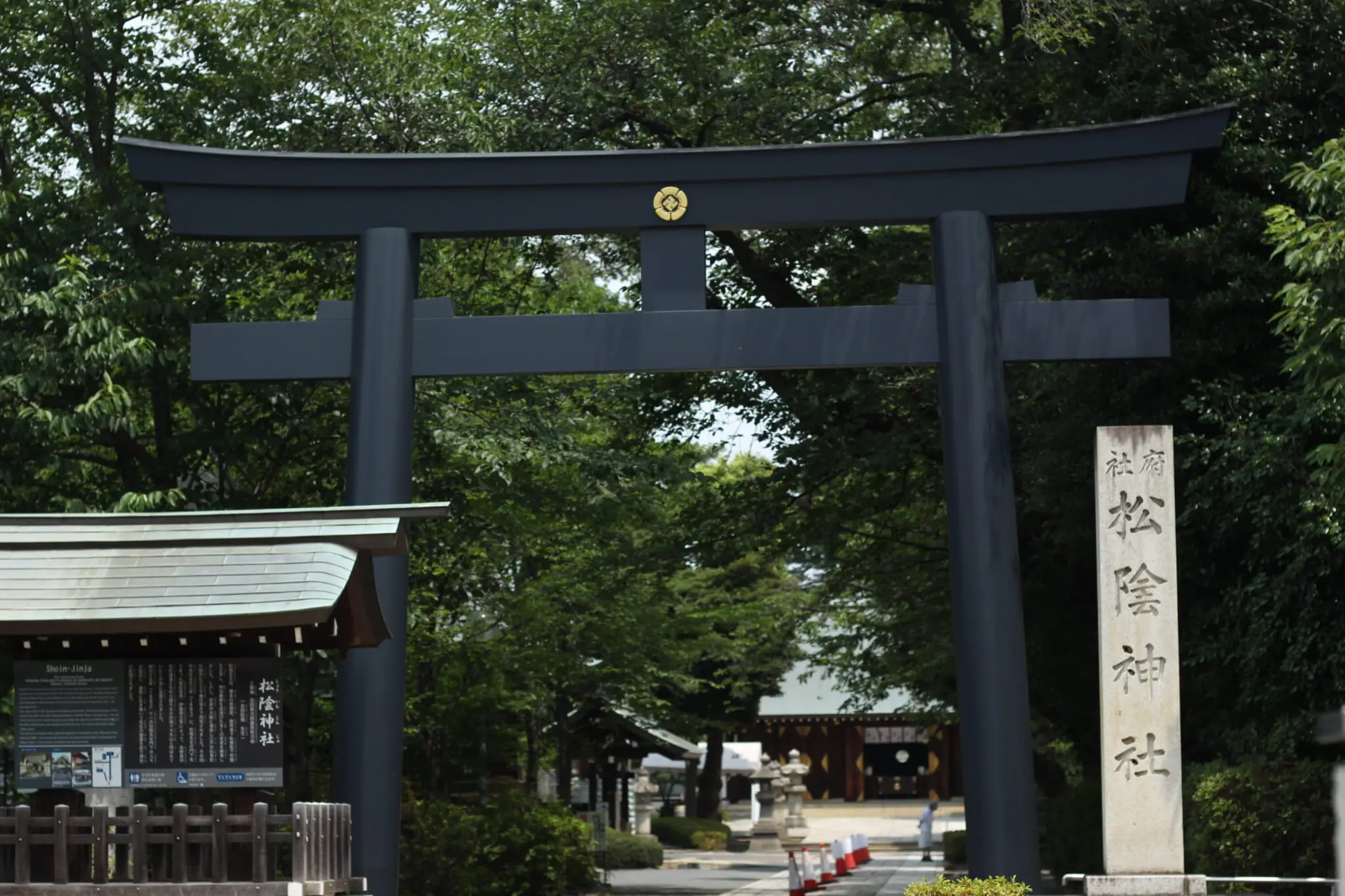
Shoin-jinja Shrine, photo by Nesnad
6.
Black Torii Gate: Shoin Shrine in Tokyo
Located in Setagaya, Tokyo, this Shinto shrine is dedicated not to a deity, but to Yoshida Shoin, an activist during the Edo era (1603-1868). Shoin Shrine was erected in 1882, more than two decades after his execution by the shogunate. The current shrine was built in 1927 and it features a somber black torii gate. Black torii gates are rarely seen and typically only if the shrine faces north.
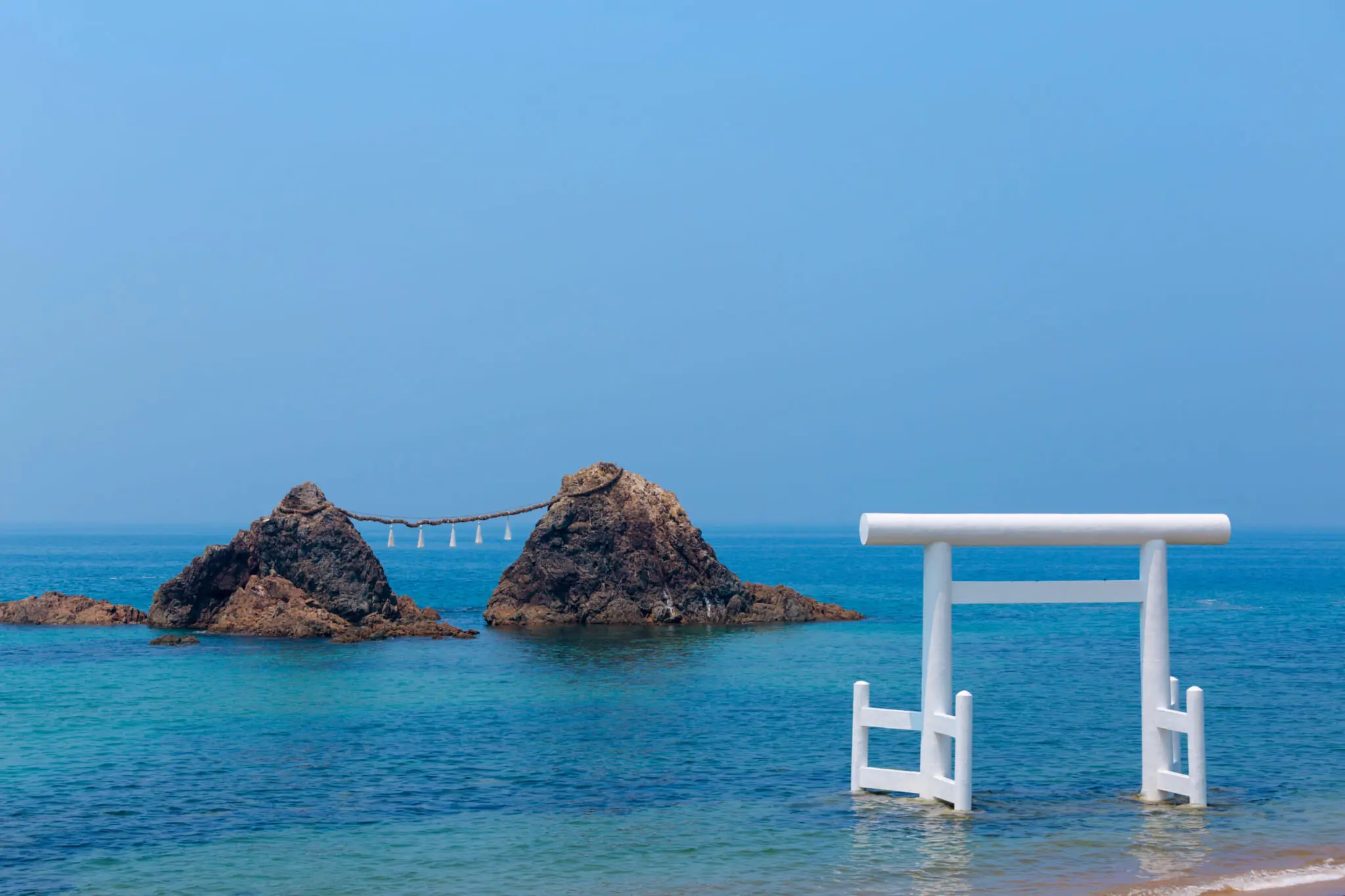
7.
White Torii Gates
Although rare, there are some white torii gates across Japan. Pictured above is the white torii gate of Sakurai Shrine, near Fukuoka. The gate on the beach looks towards two giant “married couple rocks” and the whole spot is known as a romantic place.
Also near the coast, there’s a white torii gate in Oarai, Ibaraki Prefecture. Kamiiso-no-Torii is one of the gates of Oarai Isosaki Shrine that stands right on the rocks as ocean waves splash around it. The name represents a place where the gods landed.
One more example of a white torii gate is Hie Shrine in Tokyo. The large white gate towers on the streets of Akasaka, in the center of urban Tokyo, lead into a shrine that is surprisingly peaceful. Hie Shrine is also known for its long rows of red torii gates, similar to Fushimi Inari Taisha in Kyoto.
Bonus: Karaoke Torii Gate
We’ve added this torii gate, made of speakers, as a bonus because it’s not a regular religious structure that’s part of a shrine, but a sculpture by artist Benoît Maubrey. Originally created for the Kobe Biennale, the sculpture was disassembled and reassembled again in 2017 by the artist himself on-site in Kamiyama, Tokushima Prefecture. The Karaoke Torii is functional and interactive, as anyone can connect to it via Bluetooth or an audio jack and play music. No one knows for how long though. The sculpture is left to the elements, which means it could break down at some point.

